[GIFS] The 5 Stages of the Mining Life Cycle
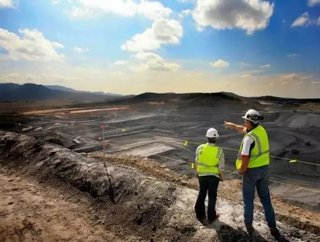
Mining operations are complex. They aren't your run-of-the-mill type projects. These billion dollar complexes consist of various interconnected projects, operating simultaneously to deliver refined commodities like gold, silver, coal and iron ore. It’s a five stage process and we’ve broken it down using GIFs.
Exploration
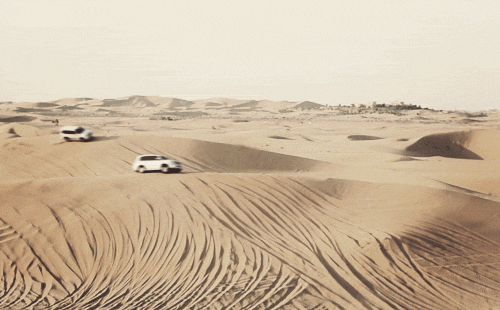
The beginning of any mining project begins with the exploration stage. It's where the magic happens. Companies enlist geologists and others to prospect remote areas in search of mineral deposits. Methods such as geological surface mapping and sampling, geophysical measurements and geochemical analysis is often applied at an early stage to pin out potential deposits.
Mine-site design and planning

Once mapping and mineral resource data is collected, and the results are strong, the project can move forward to the design and planning stage. This typically consist of studies to help companies determine if and how a project can be safe, environmentally sound, economically viable and socially responsible.
Construction
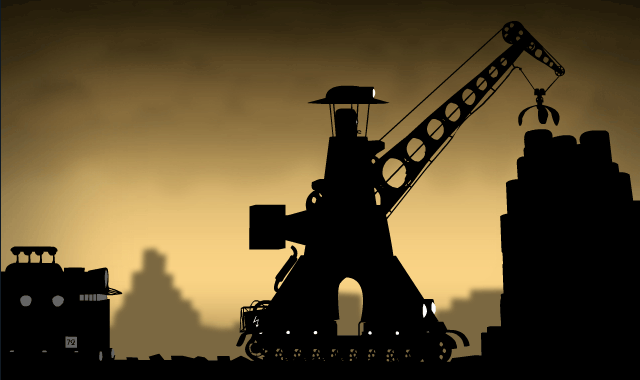
If you build it, they will come. The construction process occurs after research, permitting and approvals are complete. Construction of mining sites invovles building roads, processing facilities, environmental management systems, employee housing and other facilities.
Production

The two most common methods of mining are surface and underground mining. The method is determined mainly by the characteristics of the mineral deposit and the limits imposed by safety, technology, environmental and economical concerns.
The first step in the production stage is recovering the minerals. This is the process of extracting the ore from rock using a variety of tools and machinery.

The second step is processing. The recovered minerals are processed through huge crushers or mills to separate commercially valuable minerals from their ores.
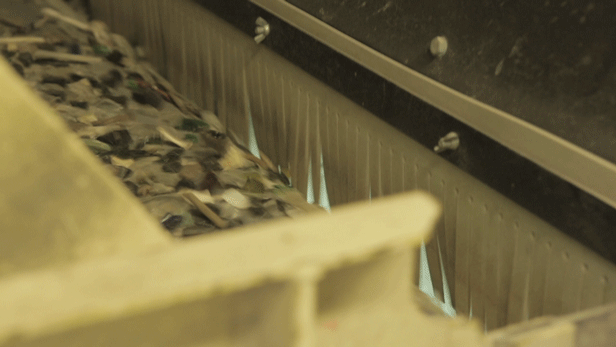
Once processed, the ore is then transported to smelting facilities.
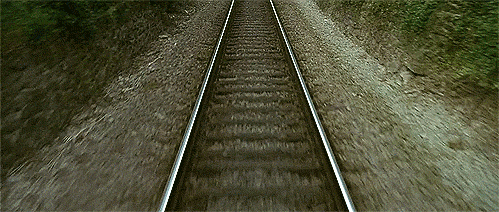
The final step in production is smelting. This process involves melting the concentrate in a furnance to extract the metal from its ore. The ore is then poured into moulds, producing bars of bullion, which are then ready for sale.

Closure and reclamation

The fifth and final stage in mining operations is closure and reclamation. Once a mining site has been exhausted of reserves, the process of closing the site occurs, dismantling all facilities on the property. The reclamation stage is then implemented, returning the land to its original state.
A comprehensive rehabilitation program has many clearly stated objectives which may include:
• ensuring public health and safety
• minimizing environmental effects
• removing waste and hazardous material
• preserving water quality
• stabilizing land to protect against erosion
• establishing new landforms and vegetation

- Brightstar, Eldridge and Claure acquire AusencoSupply Chain & Operations
- First Quantum contracts with MECS to cut emissionsSupply Chain & Operations
- Tin production at Andrada Mining reaches record levelsSupply Chain & Operations
- Ternium plans to build US$3.2bn steel plant in MexicoSupply Chain & Operations






